How Contaminated Is the Beach You’re Visiting? Scientists Just Invented a Simple Tool to Detect This
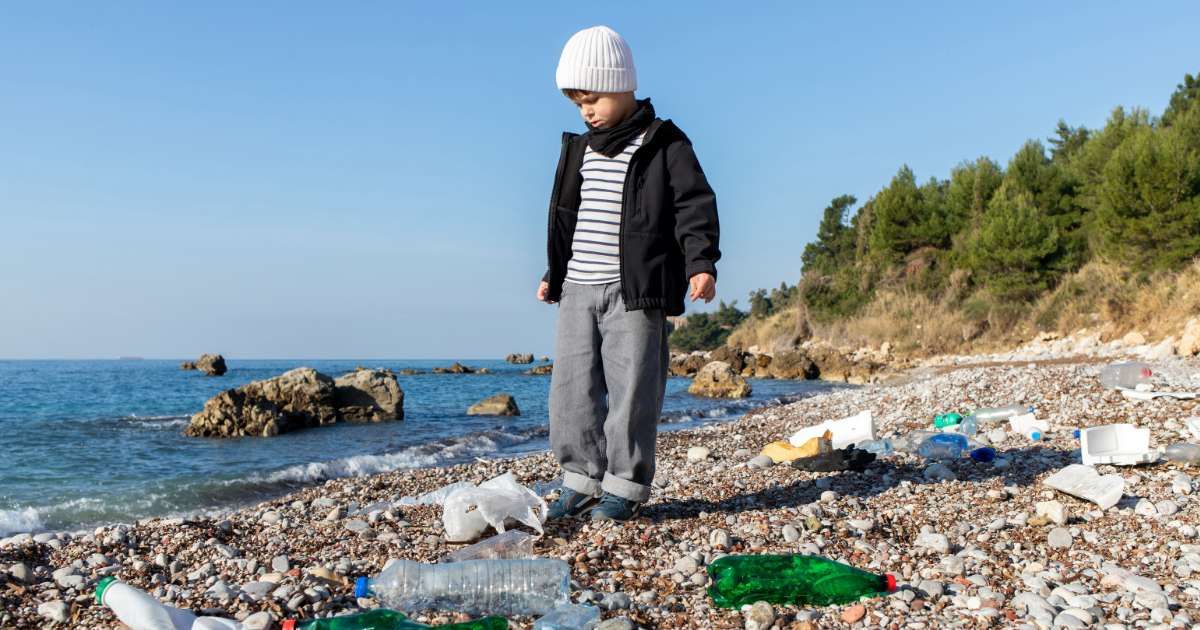
As serene as beaches appear, the reality is far from that. Most coastlines and beaches are susceptible to sewage contamination largely because of sewage pipelines that collect waste from cities to dump it into the ocean. This is particularly true for people living in coastal areas. While environmentalists and governing bodies find alternatives to divert sewage from beaches, scientists from the University of California in San Diego have invented a new tool to ensure humans remain protected from the harm of contamination. The tool tests for sewage contamination levels at beaches and has helped experts gain a better understanding of the potential risks to visitors, per UC San Diego Today.
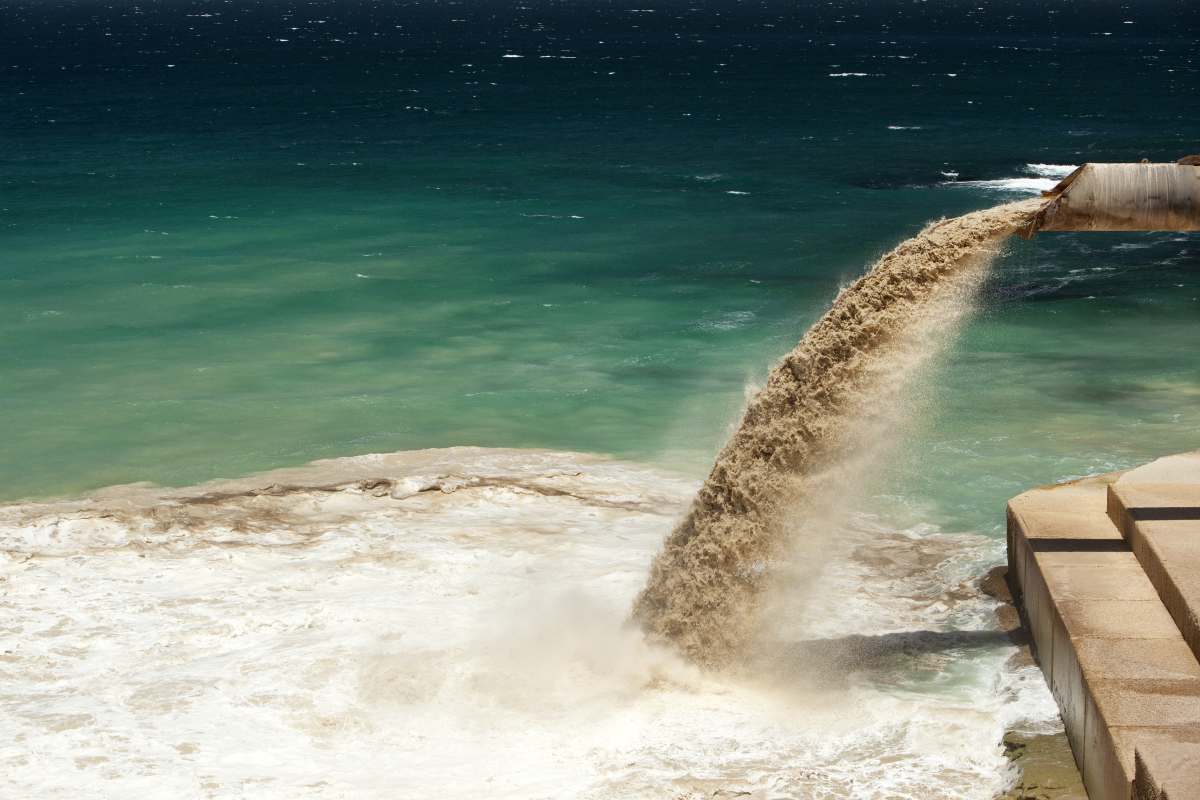
A tool for checking sewage levels at the beach
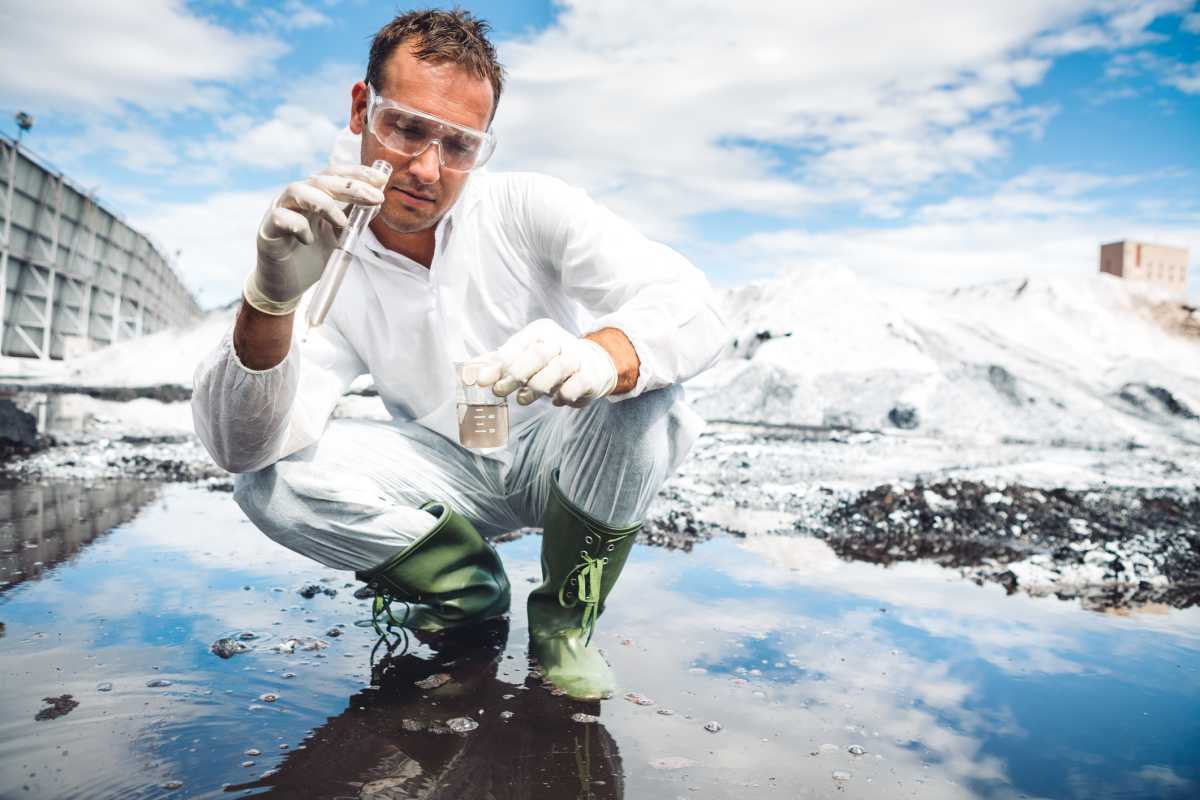
At UC San Diego’s Scripps Institution of Oceanography, the scientists have devised the Pathogen Forecast Model that can forecast levels of sewage in the coastal ocean. The model is hosted by the Southern California Coastal Ocean Observing System (SCCOOS) at Scripps and has been tested along the San Diego-Tijuana border region and assessed for illness risk for ocean swimmers. These include the beaches of Playas Tijuana, Imperial Beach, Silver Strand State Park, and Coronado. The Pathogen Forecast Model has provided detailed forecasts of these beaches to estimate the shoreline sewage contamination, which, under public use, will allow parents to make informed decisions about exposing their children to the contaminated beaches.
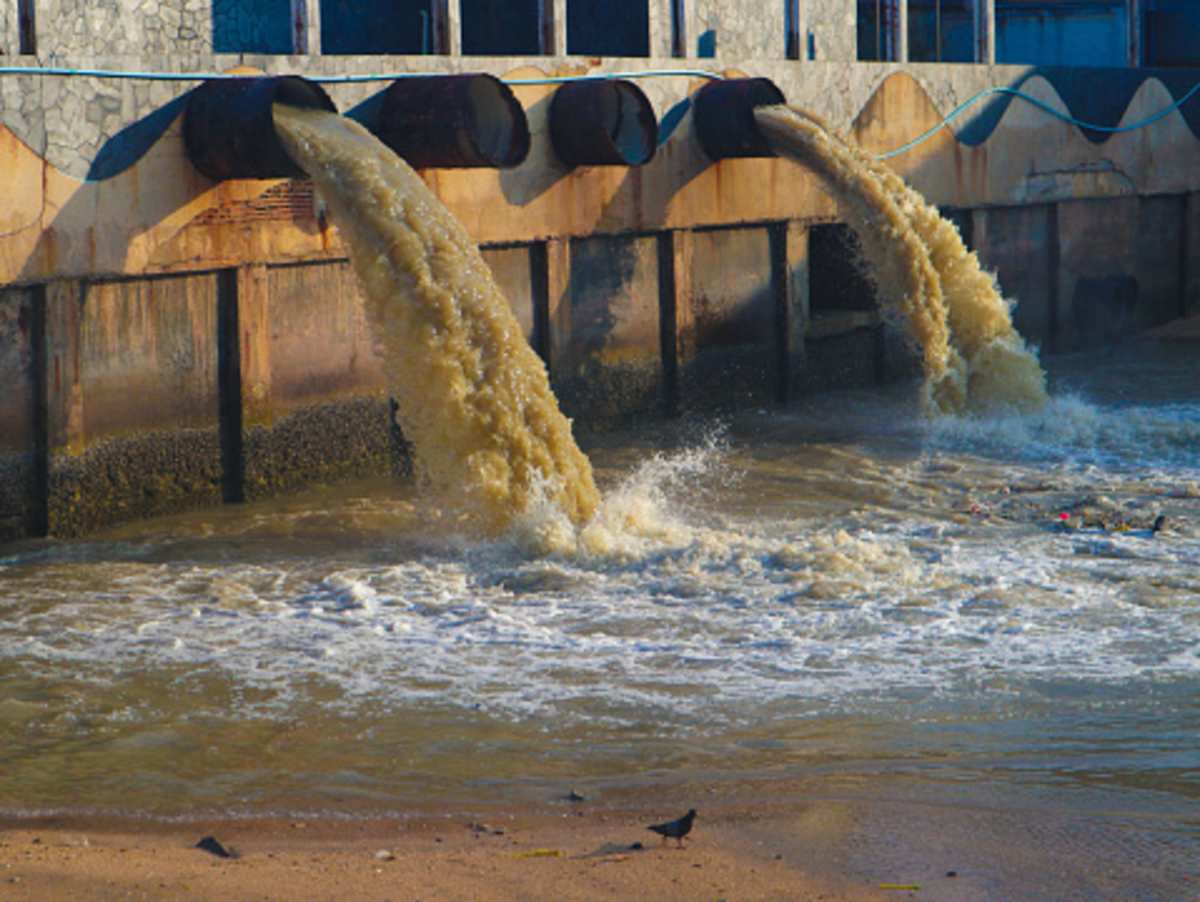
“The Pathogen Forecast Model has considerable skill in predicting five days into the future the beach water quality measurements made by San Diego County from Imperial Beach to Coronado,” said oceanographer and project leader Falk Feddersen. Although he admitted that, just like weather forecasts, the model also has “error” and is in the experimental phase. The endeavor began long ago in 2015 when physical oceanographers Sarah Giddings and Feddersen released pink dye in the coastal regions to study pollution transport up the coast. Now, the model predicts the movement depending on factors like winds, tides, offshore currents, waves, and river flow.
The purpose behind the project
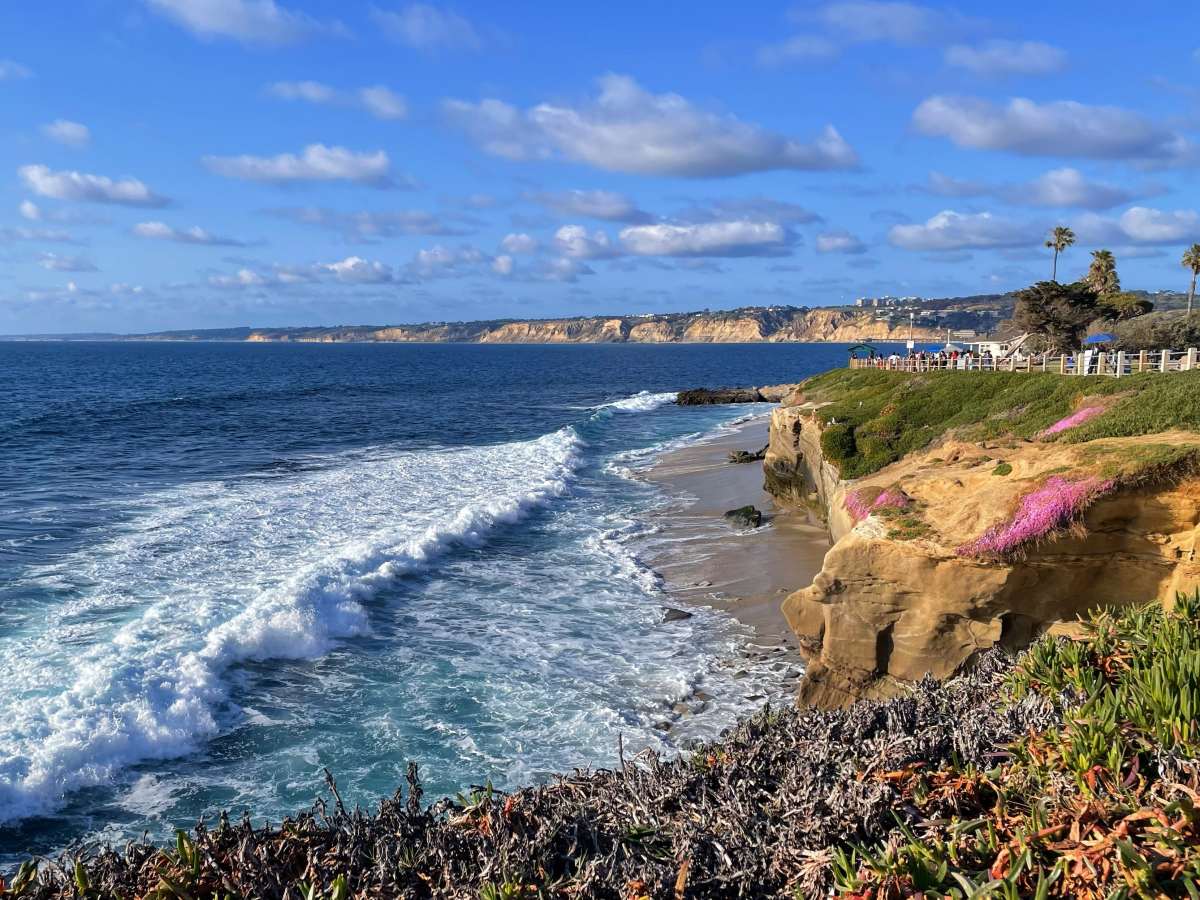
The coastline along San Diego has witnessed a longstanding problem of circulating raw sewage from Mexico on either side of the border. The contaminated water is transported to San Diego through the ocean currents, impacting the local community and resulting in beach closures. The pathogens in the water may also cause airborne diseases that could potentially spread inland. “Communities like Imperial Beach have been at the epicenter of this crisis for a generation, and they deserve real, science-driven solutions. This tool gives critical, science-based insight to inform timely beach management decisions, protect the health of beachgoers, and help minimize impacts to local businesses,” said California State Senator Steve Padilla.
Moreover, the detriment goes the other way around as well. Pathogens from human waste also affect marine life. In a collaborative study by Rollins College and the University of Georgia, experts found white pox, a human disease, has been plaguing coral reefs like the Caribbean Elkhorn coral in the ocean, per an Earth Day report. It was found that wastewater released from sewage was the main source of the pathogens. This study was also an example of how human disease can be transmitted to marine life. Scripps Oceanography posted a short clip of their tool's forecast on YouTube.
More on GreenMatters
Billions of People Use Drinking Water Contaminated With Feces — And Experts Have a Plan to Fix It
Here’s Why You Should Stop Taking Pebbles From the Beach - Scientists Warn
Do You Take Beach Sand Home With You? Apparently, It’s Bad for You as Well as the Planet